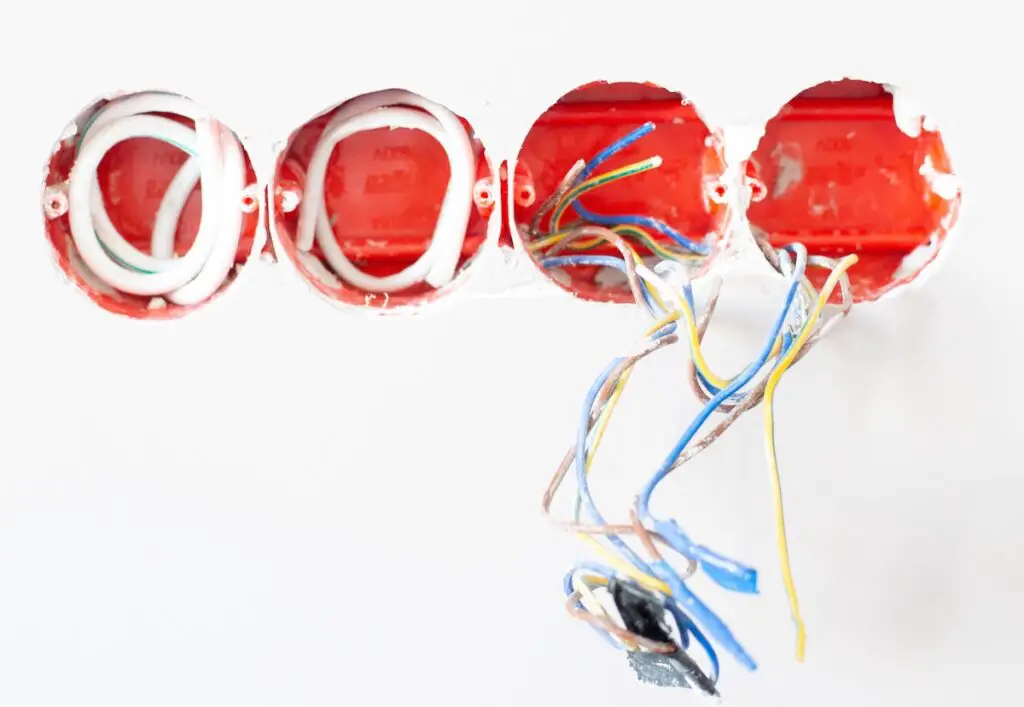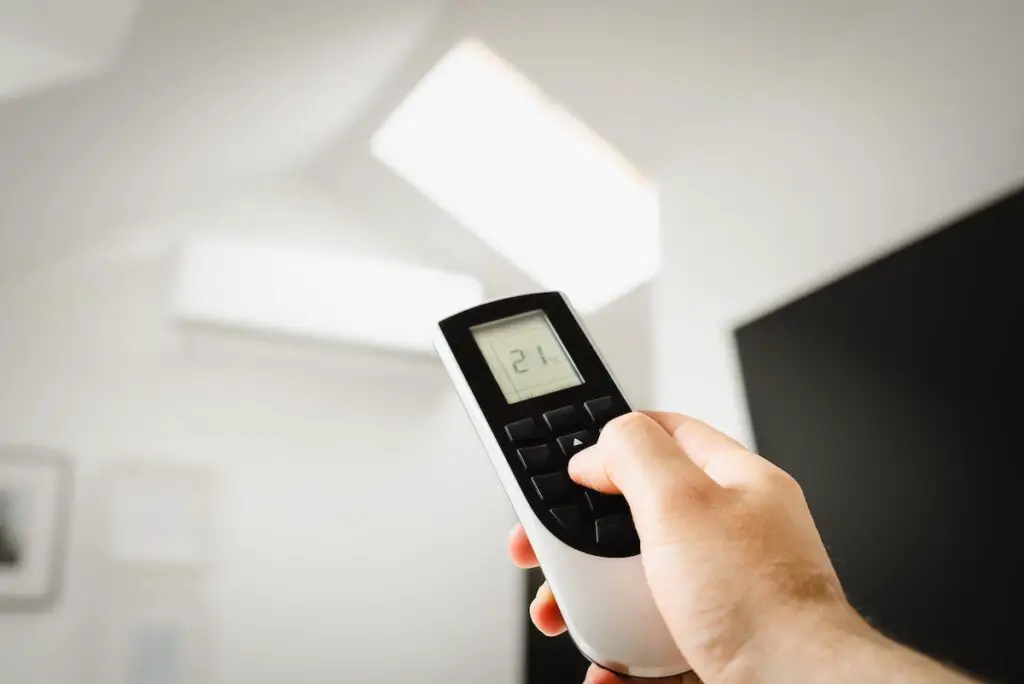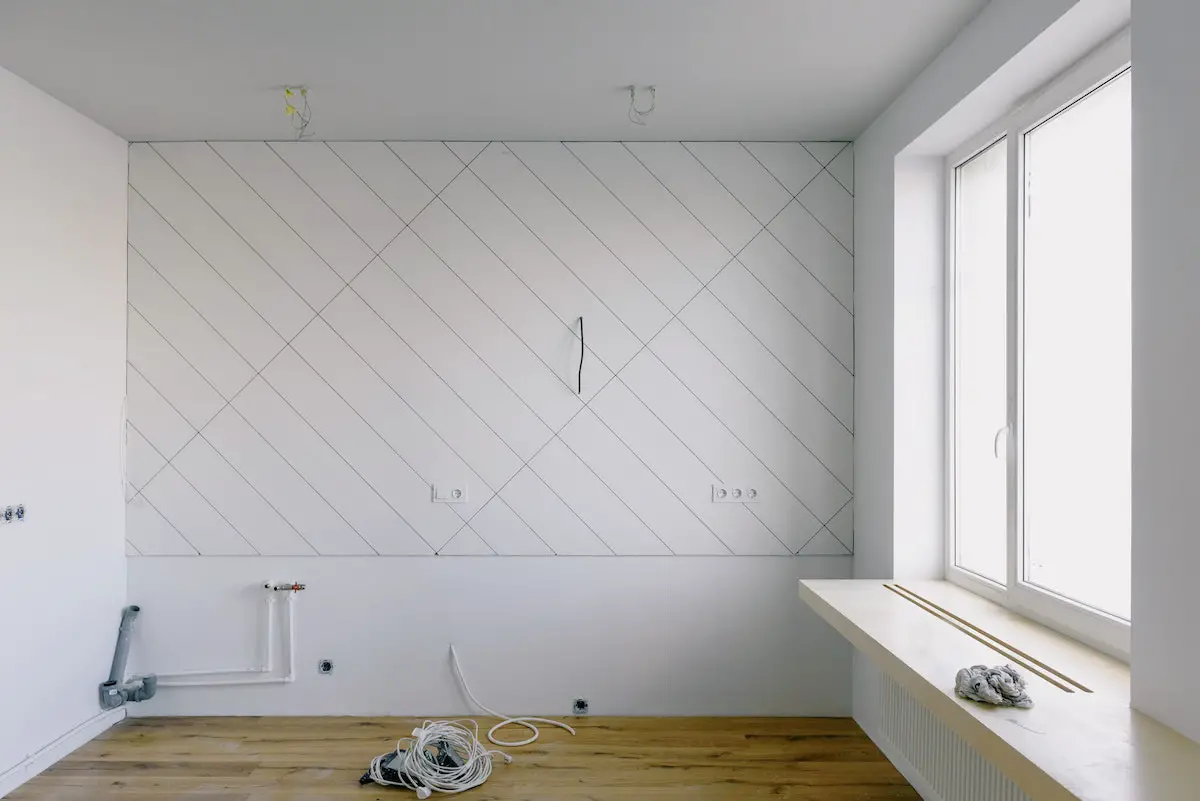Most modular homes come with the necessary electrical, plumbing and HVAC required services. However, the necessary services may differ depending on different factors such as the modular home company, location or climate. Since modular homes are built separately and every module is completely finished before the assembling of the house on-site, all wiring, pipes and tubes are installed within the structure during the in-factory manufacturing process.
Stich & Seam method
Once the house is assembled on-site, site workers can begin what is known as “Stich & Seam” [1] meaning all electrical, plumbing and other services need to be connected to the on-site utilities. Therefore it is essential to understand the installation process of electrical wiring, plumbing pipes and HVAC ducts.
The disadvantage of constructed separately modules
Modular homes in comparison to on-site built homes have a great advantage; since they are built in a controlled environment, wiring and piping are simplified, cleaner and safer. However, the modular building method carries as well a disadvantage since every module is constructed separately and afterwards joint and assembled on site, some tubes, pipes and ducts won’t be easy to connect to each other once they are in place. By understanding what companies offer in terms of installations, we can have a clearer vision on the technical side of the modular home construction and it can be a good start point to set your priorities to define the services that best suit you.

Wiring, piping, and ducting – what modular home companies offer
All modular homes companies offer electrical and plumbing services because light, clean water supply and drain-waste water system are required services in any basic house [2]. However some modular home companies can choose not to offer (as a standard choice) services that can overcomplicate the works or increase the hazardousness of the installation.
Examples of modular home solutions
In the chart below for example, Modular Direct chooses to specify that gas piping is not included [3]. In today´s modern world, there is no other choice than electricity to turn on our lamps, but our cooking stove for example, can properly work both with electricity or gas. Since they can achieve the same goal through different energy sources, and electrical wiring is much simpler to work with in a modular home than gas piping, some companies can opt to avoid the second choice and still offer a complete service that covers all the required needs.
| Electrical | Plumbing | HVAC | |
| METHOD HOMES | Yes. Includes optional pre-wiring for solar panels. | Yes | Yes. A sustainable HVAC system. |
| BLUE HOMES | Yes. Includes optional pre-wiring for solar panels. | Yes | Yes (sustainable) |
| MODULAR DIRECT | Yes | Yes, except for gas piping. | No. It only includes preparation. |
| CONNECT HOMES | Yes. Includes optional pre-wiring for solar panels. | Yes | A sustainable HVAC system. |
| CHAMPION HOMES | Yes | Yes | Only Heater. |
| PLANT PREFAB | Yes | Yes | Yes |
| PALM HARBOR HOMES | Yes | Yes | Yes |
| NATIONWIDE | Yes | Yes | Yes, with variations depending on your location and climate. |
| CLAYTON HOMES | Yes | Yes | Yes |
| ICON LEGACY | Yes | Yes | No |
Consequently, Heating – Ventilation – Air Conditioning (HVAC) is an option that varies extensively from company to company as every home has different heating and/or cooling requirements to maintain a minimum comfort indoors depending on the climate of where the home will be installed. The most common heating option among modular homes is the Split System. This is the simplest, most practical and economical option since it is powered through electrical wiring and most of the works can be finished in the factory during the manufacturing process and not requiring complicated connections on-site. The fact that the same split device can offer Air Conditioning as well as heating is an added plus.

Installation process of electrical wiring, plumbing pipes and HVAC ducts
Installations Design
A modular home is entirely built in a factory like setting and assembled on-site once each module is completely finished (including painted walls, flooring and kitchen cabinets). This construction system enforces the need to design all the installations (wiring, plumbing and ducting) together with the home design. In the design process it is necessary to define:
- The placement of the stove and the energy source of it (gas or electricity).
- The placement and requirements of each appliance to define the electric and plumbing sources (dishwasher, washing machine, fridges, oven and microwave oven etc.).
- The location of each toilet, sink and hose to define the required water supply or water waste pipes.
- If heating, air conditioning and/or ventilation systems are going to be installed, it is important to define them in this process.
- In case the option to install other elements such as solar panels (now or in the future) is contemplated, it should be as well decided during the design process to prepare all the necessary wiring.
Your modular home builder needs to take all these into consideration, design the installation according to the specialist indications and prepare it in the in-factory fabrication process. It is important to keep in mind that while some modular home companies won’t offer some services such as ducting or installing special elements like solar panels, these still need to be designed in this stage.
In-factory fabrication to on-site works
In-factory fabrication is carried entirely by the modular home builder. Once it’s finished the house is ready to be assembled on site, reaching to about 80-90% of completion by the time the house is placed on its foundations [7]. But some very important steps such as “Stich & Seam” are still required for all these services to fully function. Most modular home builders will be in charge of these works but it is likely to require a contractor, electrician or specialist to complete the process.
If your installation is very simple you might only require connecting the electrical wires and plumbing pipes to the on-site utilities, but often more steps are needed. Most modular home companies, for example, don’t supply the water heater (they will still prepare all the pipes and supports) therefore, a specialist will be required to supply, install and connect the water heater on site. Also HVAC systems that require interconnecting ductwork are installed on-site either by your modular home company or by a specialist. On-site works are essential for the installations to properly function.
Prioritize electrical, plumbing and HVAC to best suit you
Even if most modular homes companies will offer the necessary electrical, plumbing and HVAC required services as a standard package, every client will have different needs and even interests. One might be very concerned about sustainability and would prefer to choose an eco-friendly installation, while another might prioritize the total cost of the works. Defining a set of priorities is the best way in choosing a modular home builder and working on the design process of it will be easier:
- Unless you live in a very hot climate you will need Heating Options. You have four different heating systems:
- Splits: Are economic and easy to install and the same machine can also provide air conditioned. It requires at least one split in each room and each one of them will work independently.
- Ducted System (HVAC): This installation is more complicated and most of the work needs to be done once the house is already assembled. Most Ducted Systems will offer both heating, ventilation and air conditioning. Adding the ventilation option in the Heating System enables a constant artificial renovation of the indoor air which is a positive choice for the health of its occupants since it helps regulate the levels of oxygen, CO2 and humidity.
- Radiant Heating: While the installation in a modular system is difficult it works very well and unlike the split system, doesn’t alter much the quality of the indoor air.
- Wood Heaters: An option that works better in very small houses, as a complement or in homes that don’t require much heating
- Do you live in a hot climate and Air Conditioning is a priority for you?
- Most of the companies that offer an HVAC service will offer Air Conditioning.
- If you choose a Split System as a heating option, look for a split that offers both heating and Air Conditioning.
- Those companies who don’t offer Air Conditioner systems might still offer the possibility to prepare the house for its future installation. Ask your supplier to know what system would work best for your specific situation.
- If Sustainability is something you want to consider, then choosing the right installations is a key step that needs to be set during the design process.
- An Eco-friendly HVAC system, as offered by Method Homes, Blue Homes and Connect Homes is a good consideration.
- Some Splits systems can be energy efficient and Eco-Friendly when using inverter technology [8]. Ask your supplier for more information.
- Some companies such as Method Homes, Blue Homes and Connect Homes offer the possibility to prewire and prepare the electric installation for a future solar panel installation.
Choosing the right HVAC solution for your modular home requires some previous thought while there isn’t much to decide regarding electrical wiring and plumbing. However, having a clear idea on your priorities can set your best possible solution that is suited for you.
References
- Frequently Asked Questions. Blue Homes https://www.bluhomes.com/fact-sheet
- Basic Housing Requirements. Cetus of Portland, Oregon- Bureau of Development Services https://www.portland.gov/sites/default/files/2020/nit_basichsing_080416.pdf
- Items not included in the CMD Home Package. Custom Modular Direct. https://www.modulardirect.com/LibraryFiles/F1020%20-%20Items%20Not%20Included.pdf
- L. Raikes (September 11, 2015) Heating and Cooling Options for Modular Homes Anchor Homes https://blog.anchorhomes.com.au/modular-home-heating-and-cooling-options
- (May 24, 2016) Why Vents come first when building a Modular Home Primex HVAC Venting https://www.primexvents.com/vents-come-first-building-modular-home/
- (January 7, 2014) Can I install radiant floor heat in my manufactured or modular house? Blacks Home Sales https://www.blackshomesales.com/blog/can-install-radiant-floor-heat-new-manufactured-modular-house/
- Manufactured or Modular – What’s the difference Next Modular https://www.nextmodular.com/modular-manufactured-prefabricated-home/
- Pardalos P.M., Sustainable Environmental Design in Architecture: Impacts o



